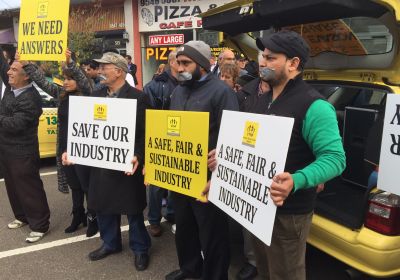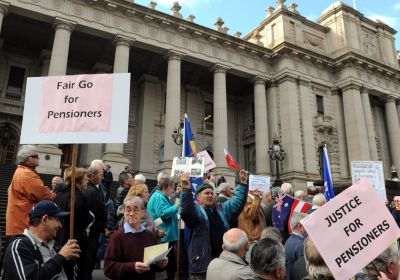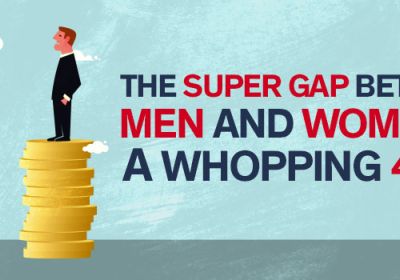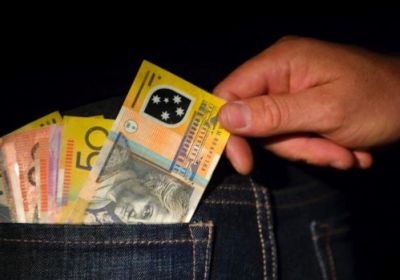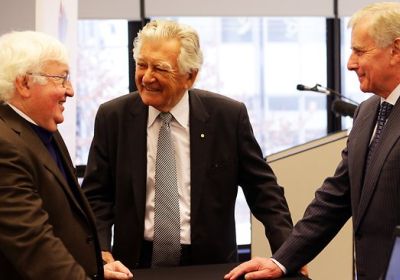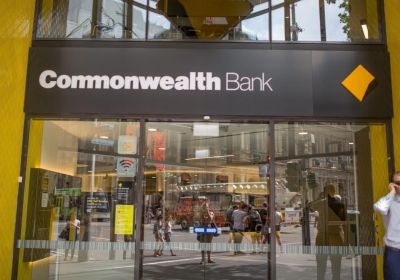-
-
-
-
-
-
-
-
-
 For a long time, superannuation was available only to permanent public sector workers and managerial employees in the private sector. So-called “blue collar” workers were not so privileged. In the mid-1980s, only about a quarter of these workers had access to superannuation, more often than not following union-led campaigns in targeted industries.
For a long time, superannuation was available only to permanent public sector workers and managerial employees in the private sector. So-called “blue collar” workers were not so privileged. In the mid-1980s, only about a quarter of these workers had access to superannuation, more often than not following union-led campaigns in targeted industries. -
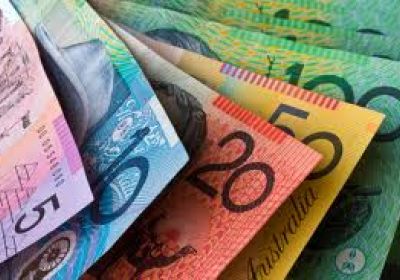 The Forbes Billionaires list released last month included almost two dozen Australians in its ranks. Among them was mining boss Gina Rinehart, who has now become the richest person in Australia with a fortune of $17 billion. This placed her 36th in the world, but her net wealth was still double that of her nearest fellow Australian billionaire, chief executive of commodities firm Glencore, Ivan Glasenberg. Also on the list were finance elites, gaming kingpins and several other mining corporation owners.
The Forbes Billionaires list released last month included almost two dozen Australians in its ranks. Among them was mining boss Gina Rinehart, who has now become the richest person in Australia with a fortune of $17 billion. This placed her 36th in the world, but her net wealth was still double that of her nearest fellow Australian billionaire, chief executive of commodities firm Glencore, Ivan Glasenberg. Also on the list were finance elites, gaming kingpins and several other mining corporation owners.
superannuation
superannuation
